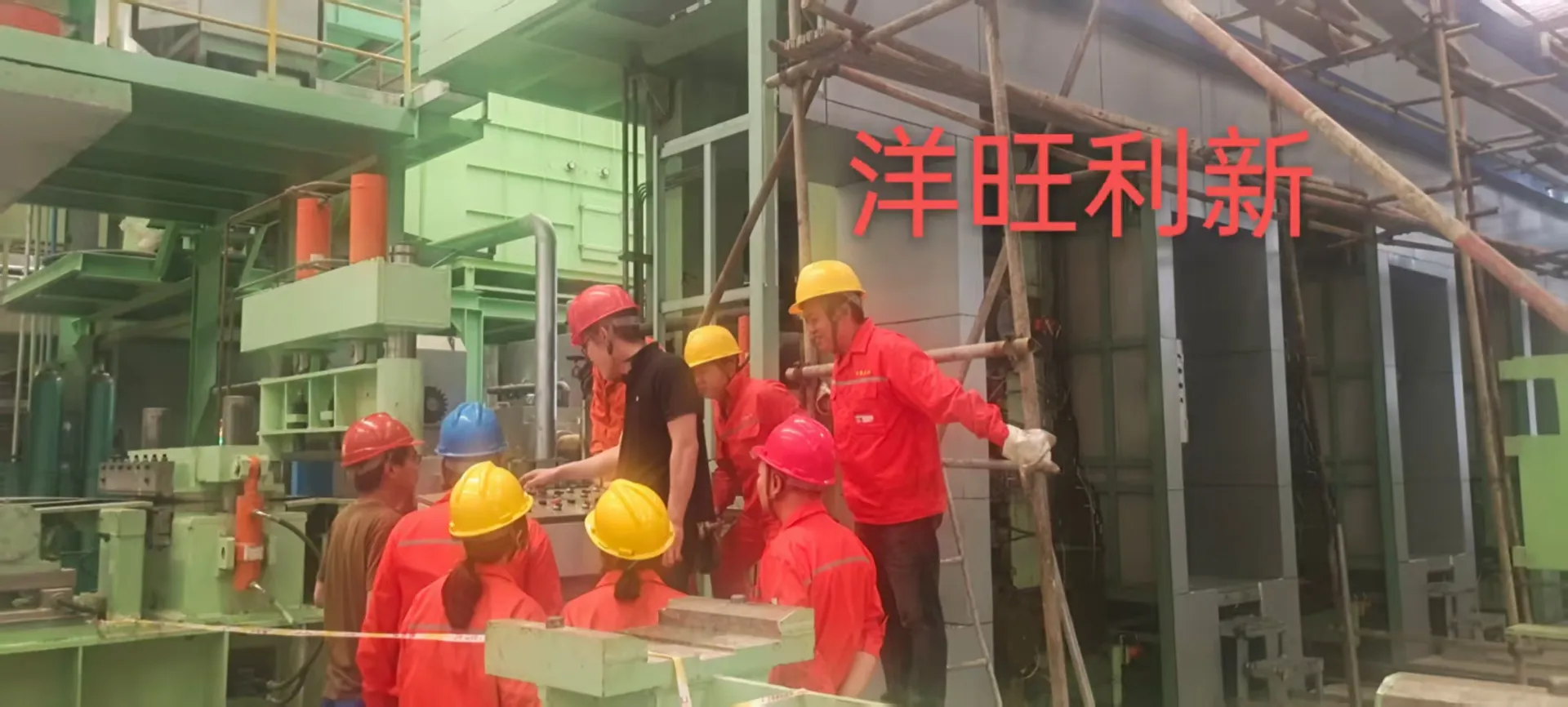
Stainless Steels and Their Processing in Reversing Cold Rolling Mills
Stainless steels are another important group of materials processed in reversing cold rolling mills. Austenitic stainless steels, which are widely used in the food and beverage industry, architecture, and chemical processing, are particularly well - suited for cold rolling. The austenitic structure of these steels provides excellent corrosion resistance and formability. In the reversing cold rolling mill, austenitic stainless steel sheets are rolled to achieve the desired thickness and surface finish.

The cold - rolling process not only reduces the thickness but also improves the surface smoothness, which is crucial for applications where hygiene and easy - to - clean surfaces are required, such as in food processing equipment. The repeated passes through the rolls in a reversing mill also enhance the mechanical properties of austenitic stainless steels, increasing their strength without sacrificing too much of their corrosion resistance.
Ferritic stainless steels, known for their good corrosion resistance and magnetic properties, are also processed in reversing cold rolling mills. These steels are often used in applications like automotive exhaust systems and household appliances. The cold - rolling process in a reversing mill helps to control the grain size and texture of ferritic stainless steels.
By carefully adjusting the rolling parameters, such as the number of passes and the rolling speed, the mechanical properties of ferritic stainless steels can be optimized. For example, in the production of stainless - steel exhaust pipes, the cold - rolling process in a reversing mill ensures that the pipes have the right thickness and strength to withstand the high temperatures and mechanical stresses during operation.
Alloy Steels and Their Treatment in Reversing Cold Rolling Mills
Alloy steels, which contain additional alloying elements such as chromium, nickel, molybdenum, etc., are also processed in reversing cold rolling mills. High - strength low - alloy (HSLA) steels, for instance, are used in the construction of bridges, buildings, and heavy - duty vehicles. The cold - rolling process in a reversing mill can significantly improve the strength - to - weight ratio of HSLA steels. Through multiple passes, the alloying elements are more evenly distributed within the steel matrix, and the grain structure is refined. This results in steels with higher yield strength and better toughness. In the construction of bridges, the use of cold - rolled HSLA steel sheets can reduce the overall weight of the structure while maintaining its structural integrity.
Tool steels, which are used for manufacturing cutting tools, dies, and molds, are also cold - rolled in reversing mills. The cold - rolling process helps to improve the dimensional accuracy and surface finish of tool steels. It also increases their hardness and wear resistance. By subjecting tool steel billets to multiple passes in a reversing cold rolling mill, the internal structure of the steel is optimized, making it more suitable for the demanding applications in the tool - making industry. For example, cold - rolled tool steel sheets can be used to produce precision - cutting blades with longer service life.
In conclusion, reversing cold rolling mills are versatile processing units that can handle a wide range of steels and alloys. From carbon steels to stainless steels and various alloy steels, the cold - rolling process in these mills significantly improves the mechanical properties, surface finish, and dimensional accuracy of the materials. The ability to control the rolling parameters and perform multiple passes makes reversing cold rolling mills an essential part of the modern steel and alloy manufacturing industry, enabling the production of high - quality products for diverse applications.
-
Indian Clients Visit YWLX to Inspect Skin-pass MillNewsJun.22,2025
-
Typical Products from Reversing Cold Rolling ProcessNewsMay.26,2025
-
Surface Finish Improvement through Skin Pass RollingNewsMay.26,2025
-
Integration of AGC Systems in Modern Cold Rolling MillsNewsMay.26,2025
-
Cold Rolling in the Context of High-Strength Steel DemandNewsMay.26,2025
-
AGC in Hot Rolling Mills: Challenges and SolutionsNewsMay.26,2025
-
Why Reversing Cold Rolling Mills Are Ideal for Specialty MetalsNewsMay.13,2025










